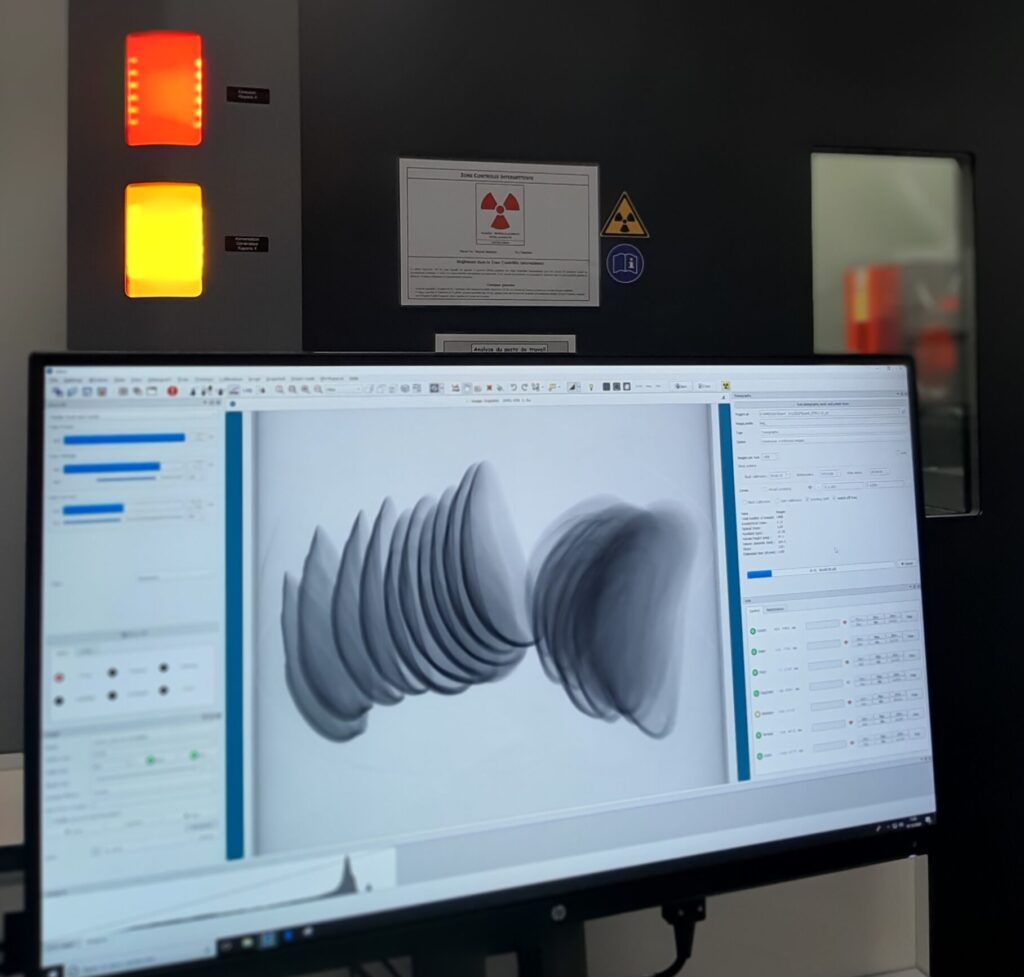MEET «Mytilus mussels and their Environment: a phenotypic and genomic Exploration through Time» is a 4 year project funded by a grant «Jeunes Chercheurs Jeunes Chercheuses» from the French National Research Agency (ANR-20-CE02-0024). It is hosted at the Centre for Anthropobiology and Genomics of Toulouse (UMR5288, University Toulouse 3 Paul Sabatier – French National Centre for Scientific Research CNRS) from April 2021 to March 2025. MEET brings together experts in archaeology, (ancient) genomics, ecology, morphology, mathematics and computing from France and Denmark.

Mussels and their Environment
MEET is motivated by the growing societal concern over on-going global environmental changes and their damaging consequences on biodiversity, and proposes to contribute to better understanding the responses of coastal populations to environmental shifts.
In the last 200 years of the ‘Anthropocene’, the marine environments have changed at unprecedented scales and speeds. These shifts constitute a mosaic of stressors for marine species including shell-producing organisms, such as Mytilus mussels, mollusks of both ecological and economic importance.
The objective of MEET is to characterise how environmental conditions influence Mytilus mussels with regards to their genome and the shape of their shells in space and time by implementing a multi-disciplinary approach combining morphometrics and genomics analyses.

A phenotypic
We use advanced morphometric analyses of 3D micro-Computed Tomography scans to investigate variation in the morphology of mussel shells.

And genomic
To investigate variation in the genomic composition of mussel populations, we implement the latest methods for characterizing DNA molecules and analyzing high-throughput DNA sequencing data.

Exploration through Time
Both morphological and genomic variation can be preserved over long time periods in ancient mussel shells, making it possible to use them as true biological archives in space and time. Dynamics of morphological and genomic adaptations, and their interplay, are explored through the analysis of specimens from museum collections, sediments and archaeological sites.